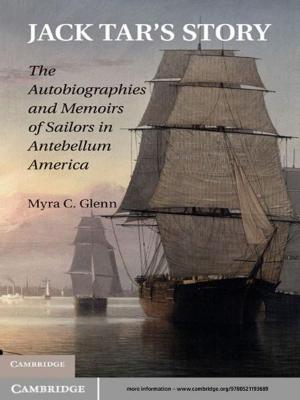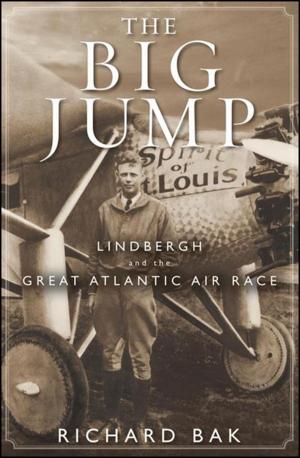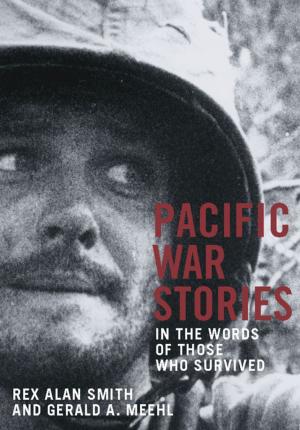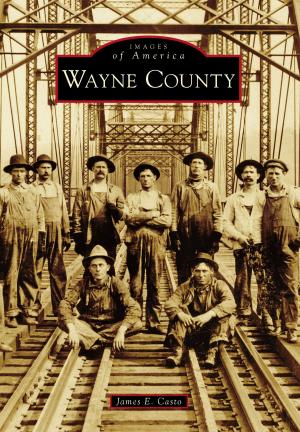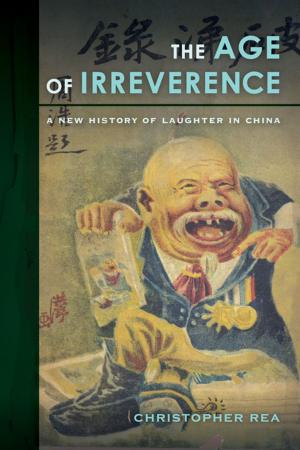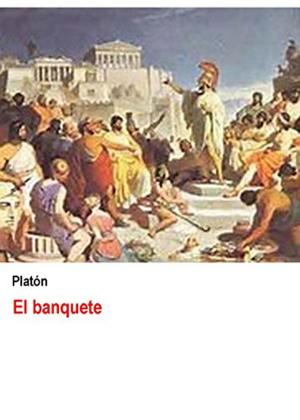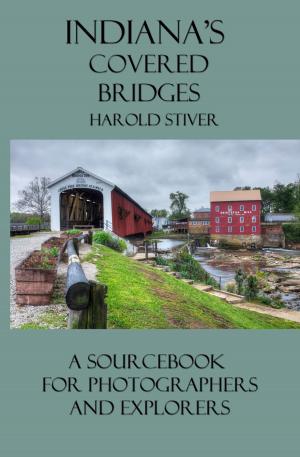| Author: | William C. Morley | ISBN: | 9781370340569 |
| Publisher: | Western Grebe Publishing | Publication: | November 14, 2016 |
| Imprint: | Smashwords Edition | Language: | English |
| Author: | William C. Morley |
| ISBN: | 9781370340569 |
| Publisher: | Western Grebe Publishing |
| Publication: | November 14, 2016 |
| Imprint: | Smashwords Edition |
| Language: | English |
A National Boy Scout Jamboree is a gathering of thousands of selected members of the Scouting organization. Scouts from the United States and from all over the world have the opportunity to attend. The first Jamboree was planned for 1935 to commemorate the 25th anniversary of the founding of the Boy Scouts of America. Due to a polio outbreak, the 1935 gathering was cancelled and rescheduled to 1937. 25,000 Scouts attended, camping on the Washington Mall. President Franklin Roosevelt attended.
The event garnered extensive national media coverage and was considered a great success; plans were begun to have another Jamboree in 1941, and future ones at four-year intervals.
World War II disrupted the schedule. Because of the war effort and the post war need to re-orient the economy to satisfy the pent-up consumer needs, a new Jamboree was not planned until 1950. It would be the second Jamboree and, if successful, would restore the original plan to stage one every four years.
This is the memoir of one scout who attended the 1950 Jamboree. It was a time of transition. Air travel was rare but had a promising future; because that and because of the sudden expansion of travel by automobile, the future of rail travel was not brilliant.
The television was a small-screen, black and white, with a snowy image. The shows were primitive and there were a lot of test screens. The telephone was all land lines with rotary dial phones; most cities and towns had party lines. Radios and televisions had tubes that could burn out. Cars had no turn indicators. Pizza was mostly unheard of.
In the war effort, rail travel had been in high demand for the movement of troops and, supplies, and material. When thousands of Scouts needed to travel, the railroads happily catered.
A National Boy Scout Jamboree is a gathering of thousands of selected members of the Scouting organization. Scouts from the United States and from all over the world have the opportunity to attend. The first Jamboree was planned for 1935 to commemorate the 25th anniversary of the founding of the Boy Scouts of America. Due to a polio outbreak, the 1935 gathering was cancelled and rescheduled to 1937. 25,000 Scouts attended, camping on the Washington Mall. President Franklin Roosevelt attended.
The event garnered extensive national media coverage and was considered a great success; plans were begun to have another Jamboree in 1941, and future ones at four-year intervals.
World War II disrupted the schedule. Because of the war effort and the post war need to re-orient the economy to satisfy the pent-up consumer needs, a new Jamboree was not planned until 1950. It would be the second Jamboree and, if successful, would restore the original plan to stage one every four years.
This is the memoir of one scout who attended the 1950 Jamboree. It was a time of transition. Air travel was rare but had a promising future; because that and because of the sudden expansion of travel by automobile, the future of rail travel was not brilliant.
The television was a small-screen, black and white, with a snowy image. The shows were primitive and there were a lot of test screens. The telephone was all land lines with rotary dial phones; most cities and towns had party lines. Radios and televisions had tubes that could burn out. Cars had no turn indicators. Pizza was mostly unheard of.
In the war effort, rail travel had been in high demand for the movement of troops and, supplies, and material. When thousands of Scouts needed to travel, the railroads happily catered.




